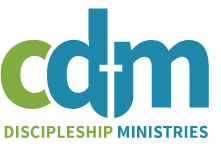![]() The jacket cover reads, “The Bible is a big book about a big God who keeps a big promise!” The Big Picture Story Bible delivers exactly that message. A great story Bible to read with young children, this Crossway publication gives the story of redemptive history in a way you and your children will love.
The jacket cover reads, “The Bible is a big book about a big God who keeps a big promise!” The Big Picture Story Bible delivers exactly that message. A great story Bible to read with young children, this Crossway publication gives the story of redemptive history in a way you and your children will love.
The illustrations are amazing – simple, yet filled with symbolism. Scrolls depicting pictures of Christ throughout biblical history illustrate the section entitled, “God’s Promise is explained.” Although this volume paints the big picture, great attention is given to detail in both the telling of the stories and the drawings for each. This story Bible will greatly enhance your family devotion time as you and your children worship our covenant making and keeping God.
